The Titanic was specifically constructed to survive a high-impact collision like the one that sunk her. From start to end, it seemed she was born to shake the world. Everything was perfect but how did this “unsinkable” ship, the largest, most luxurious ocean liner of its time, crash into an iceberg on its maiden voyage in 1912? Moreover, how the world witnessed what could easily be considered as its most deadly civilian maritime disaster?
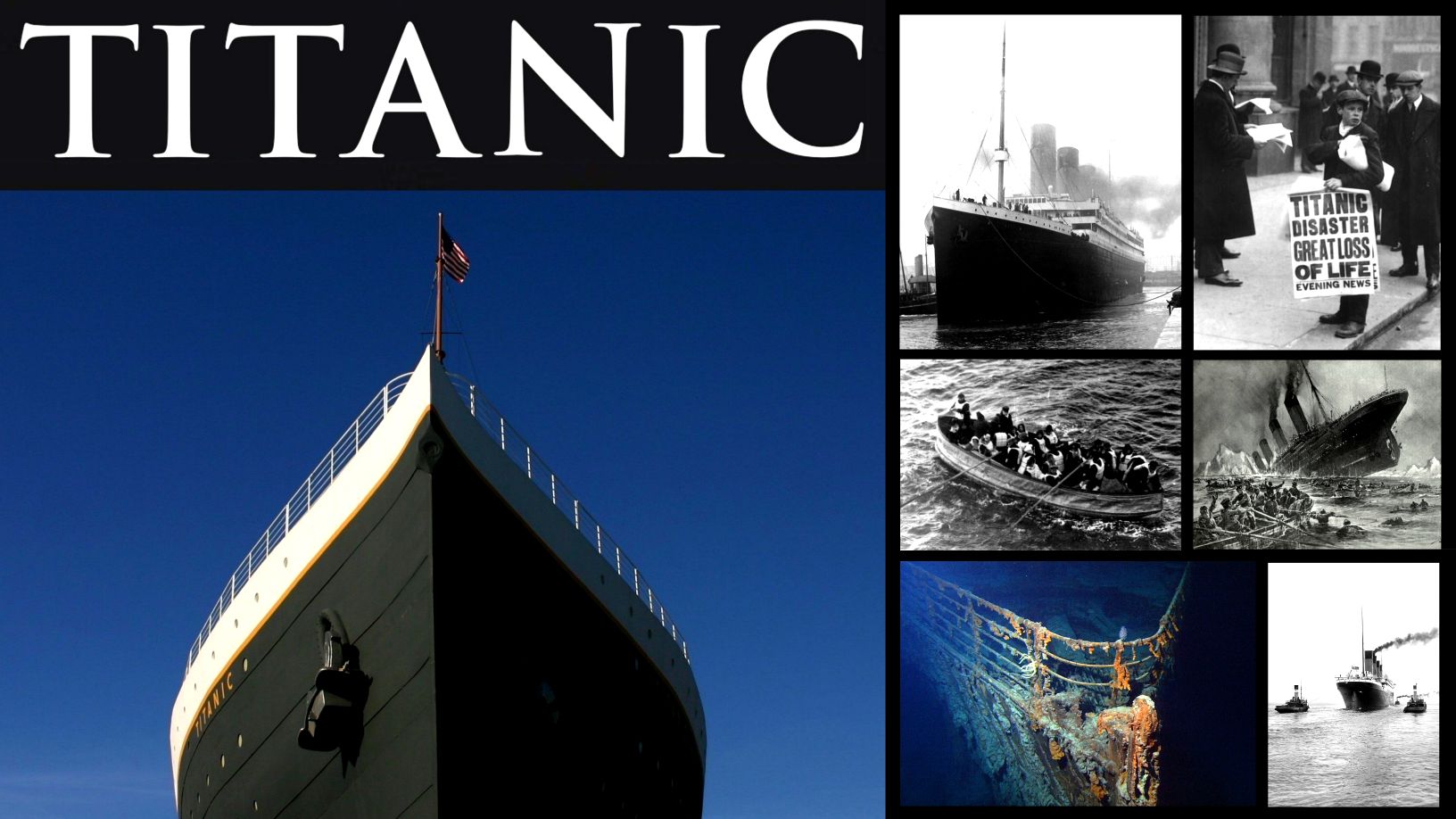
Believe it or not, from the beginning, there were going somethings wrong with this famous historic ship, and that is what this article is about:
1 | The Titanic Was Plagued By Tragedy From The Beginning:
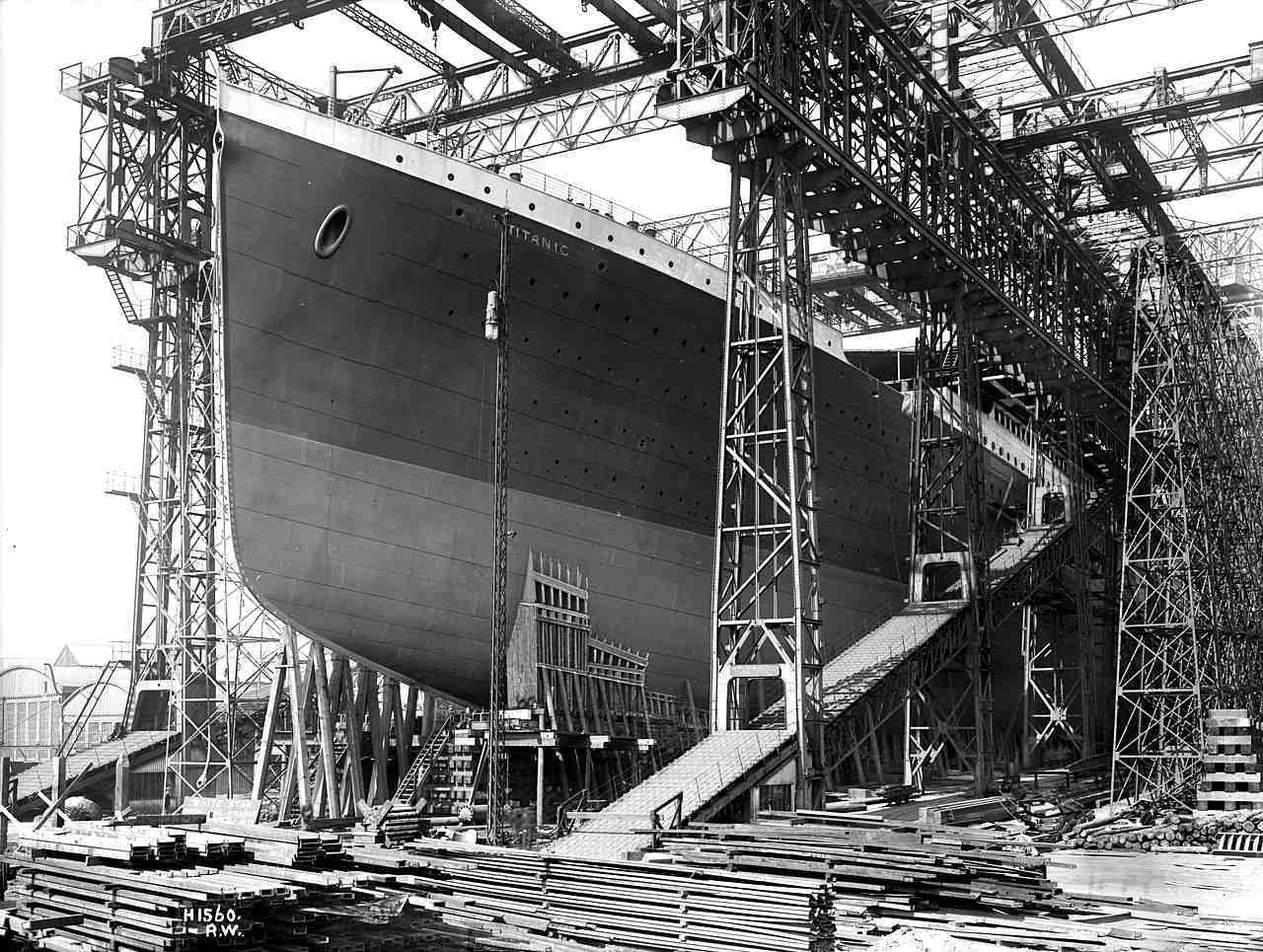
Eight people alone died during the construction of the ship, but only five of the names are known: Samuel Scott, John Kelly, William Clarke, James Dobbin, and Robert Murphy. A plaque memorializing the eight men in Belfast was unveiled in 2012.
2 | A Novella Seemed To Have Predicted The Titanic Disaster Precisely:
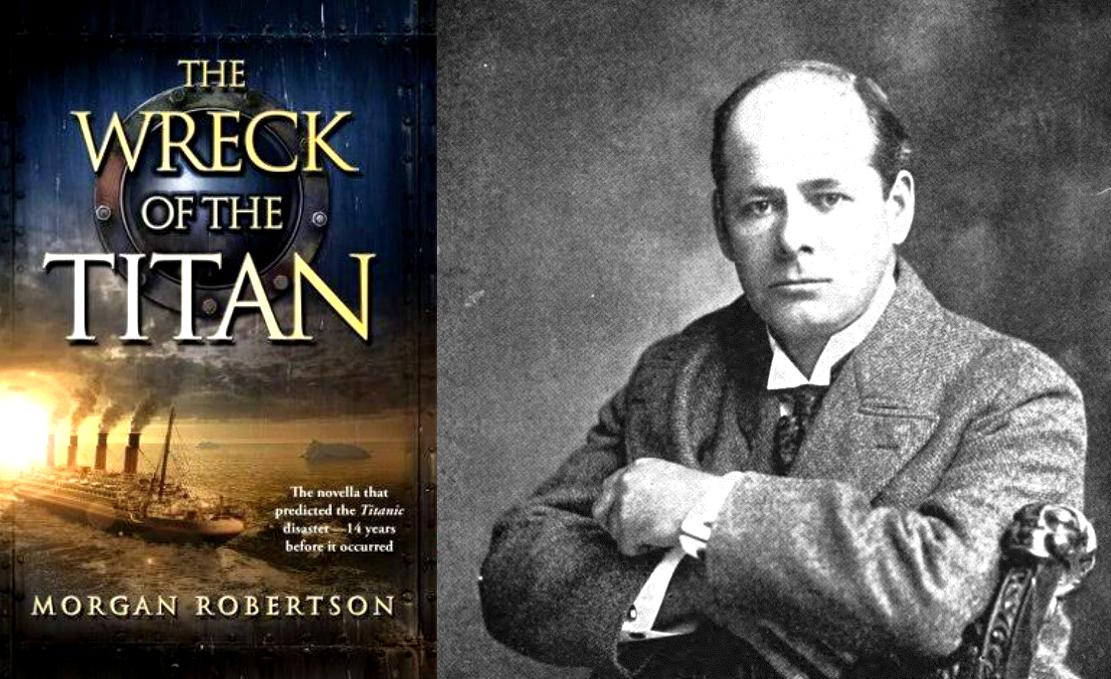
“Futility,” a novella, written by American author Morgan Robertson, was published in 1898, 14 years before the Titanic set sail. It centred around the sinking of a fictional ship called the Titan. To everyone’s surprise, there’s an eerie number of similarities between the ship’s sinking in “Futility” and the Titanic in real life.
First, the ship names are just two letters off (Titan vs Titanic). They were also said to be almost the same size, and both sank in April, due to an iceberg. Both ships had been described as unsinkable, and, sadly, both had just over the legally required amount of lifeboats, which were nowhere near enough.
The author was accused of being a psychic, but he explained that the uncanny similarities were simply a product of his extensive knowledge, saying, “I know what I’m writing about, that’s all.”
3 | Not Everyone Believed The Titanic Was Unsinkable:
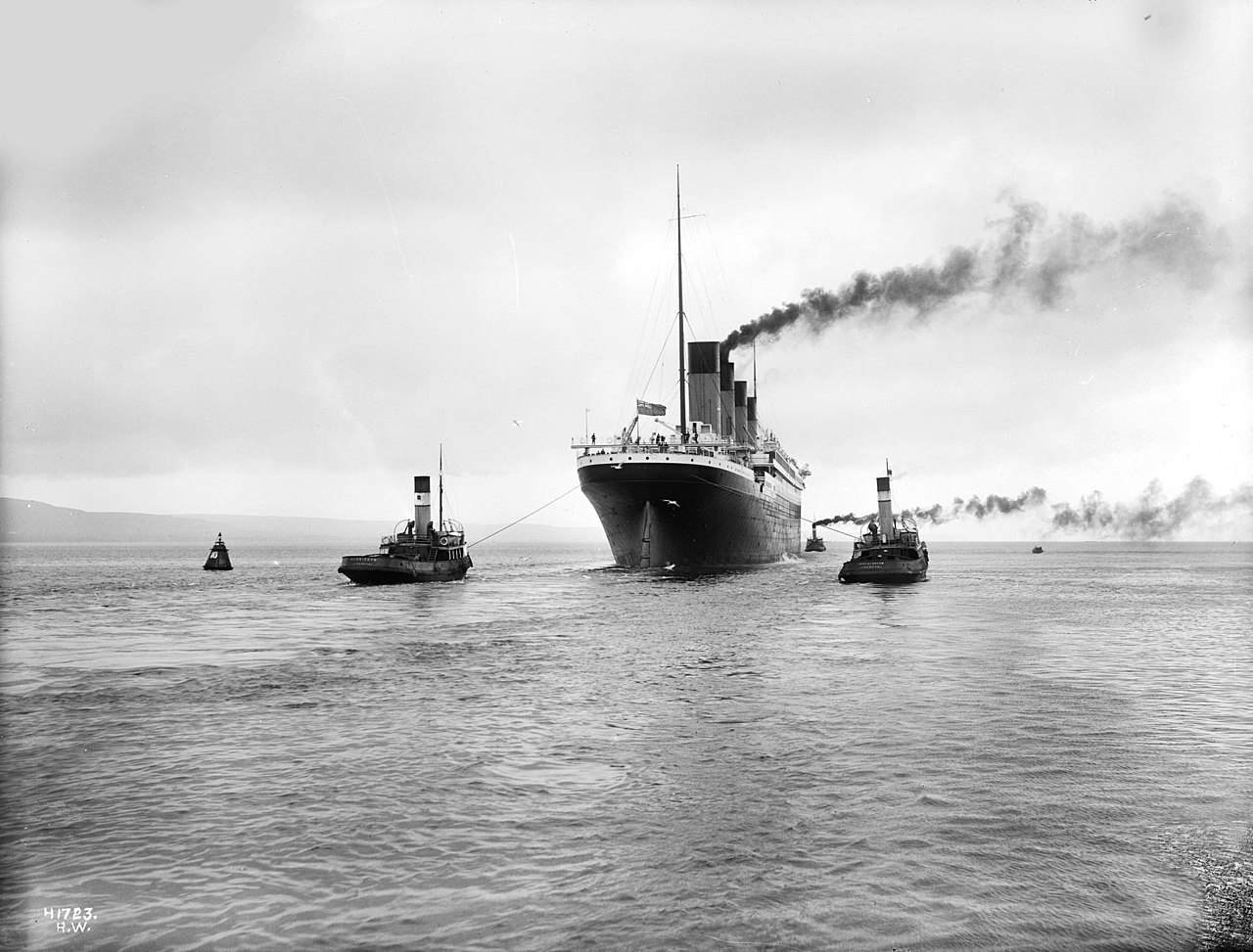
It spanned 883 feet from stern to bow, and its hull was divided into 16 compartments that were presumed to be watertight. Because four of these compartments could be flooded without causing a critical loss of buoyancy, the Titanic was considered unsinkable.
While many people believed the Titanic was really unsinkable, not everyone did. A passenger, Charles Melville Hays, predicted an “appalling disaster.” He perished in the water.
Hays was president of the Grand Trunk and Grand Trunk Pacific Railway Companies, which would later become the Canadian National Railway, and was thus well-versed in the technological advancements in transportation.
According to a survivor, Colonel Archibald Gracie, Hays pondered if continuing to build bigger and faster ships was wise. According to Gracie, Hays said “the White Star, the Cunard, and Hamburg-American Lines are devoting their attention and ingenuity in vying with one another to attain the supremacy in luxurious ships and in making speed records. The time will come soon when this will be checked by some appalling disaster.”
4 | Number 13 Did Not Leave The Titanic Either:
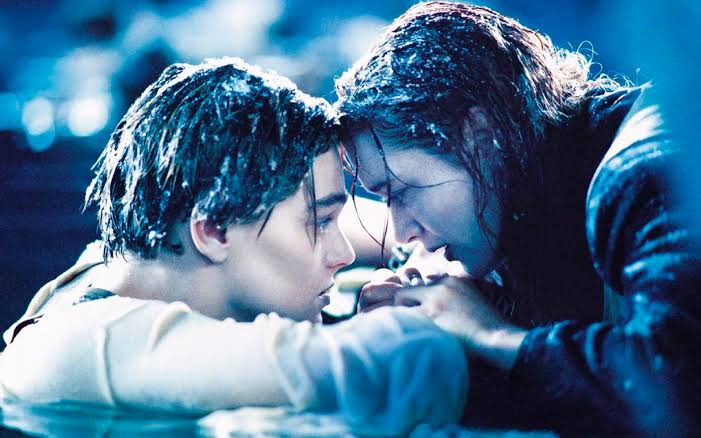
On 10th April 1912, the new RMS Titanic set sail on her fateful voyage from Southampton to New York. Among those on board were 13 newly-wed couples that were on their honeymoons, 8 of them in first-class. Titanic Love Stories is the book that describes the true stories of those 13 honeymoon couples.
5 | There Were No Cats On The Titanic:
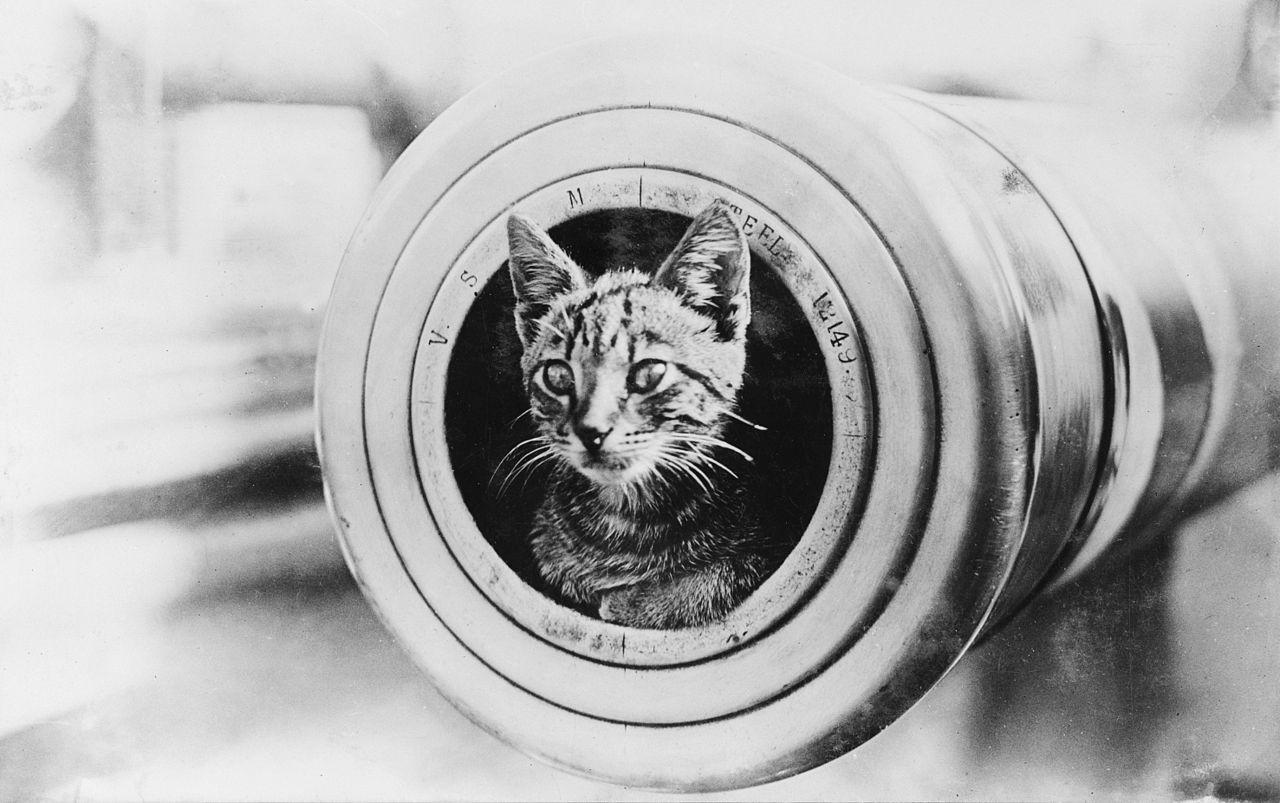
Cats were kept on board to control rodents in the ship or because they could detect bad weather. But the myth has it that cats were kept in the ship with the belief that they will bring good luck during the voyage. If they were thrown overboard, it was believed that the ship would sink due to an inevitable storm or would be cursed for nine years in case the ship didn’t sink. But the question is did Titanic have a cat?
Jenny, the cat was the ship’s lucky mascot. Jim Mulholland who looked after her found her leaving the ship along with her kittens before the ship left port. So this technically leaves Titanic without any cat.
6 | The Titanic Was Carrying A Cursed Mummy Onboard:
Another legend tells that the disaster took place because of the cursed mummy that Titanic was carrying from Southampton to New York.
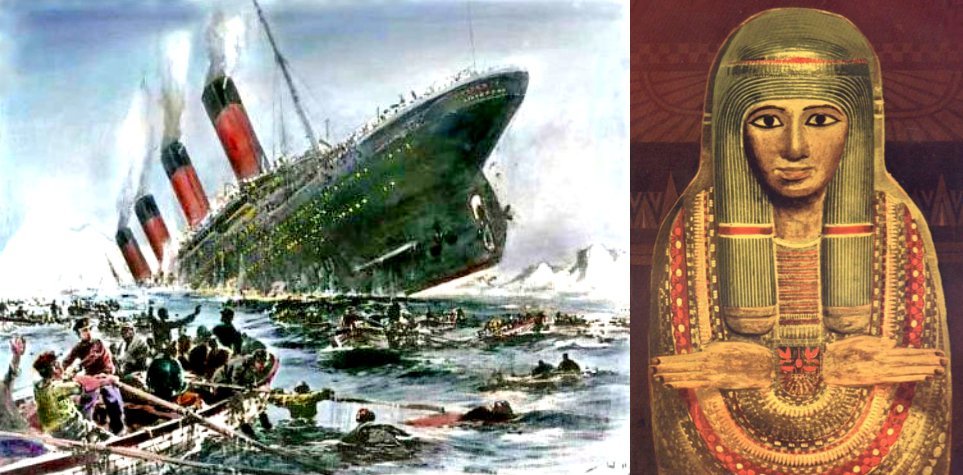
The sarcophagus of Princess Amen-Ra was buried deep in a vault at Luxor, on the banks of Nile. Later in the 1880s she was discovered from an excavation and was bought by four Englishmen. But in the next few days, all the four men died mysteriously.
The Sarcophagus eventually changed several hands, bringing misfortune and death to people who were in charge of it. Finally, an American archeologist bought it and the mummy was to be shipped to New York on the Titanic, which left the port from Southampton. And we all know what happened to the ship afterward on the night on 15th April, 1912.
However, this story is disputed as for the facts of the matter, in 1985, Charles Haas, president of the national Titanic Historical Society, gained access to the ship’s cargo manifest and cargo diagrams. He didn’t find any mummy in that shipping list.
7 | A Scheduled Lifeboat Drill Was Cancelled Under Mysterious Circumstances:
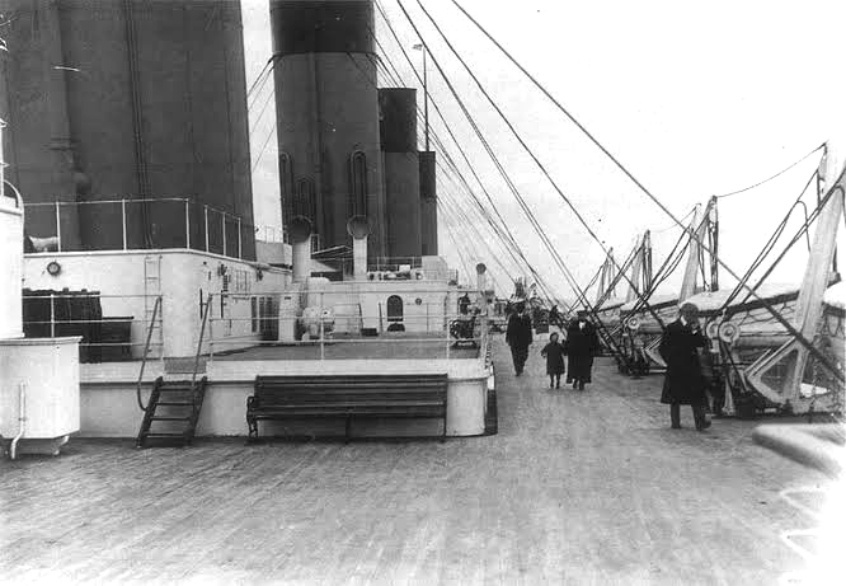
A lifeboat drill that was scheduled the day of the crash was cancelled for reasons that remain a mystery today. The decision to cancel the drill was made by Captain Edward Smith. A muster drill, sometimes referred to as a lifeboat drill or a boat drill, is an important exercise that is conducted by the crew of a ship prior to embarking on a voyage.
8 | Six Warnings Were Overlooked Just Before The Disaster:
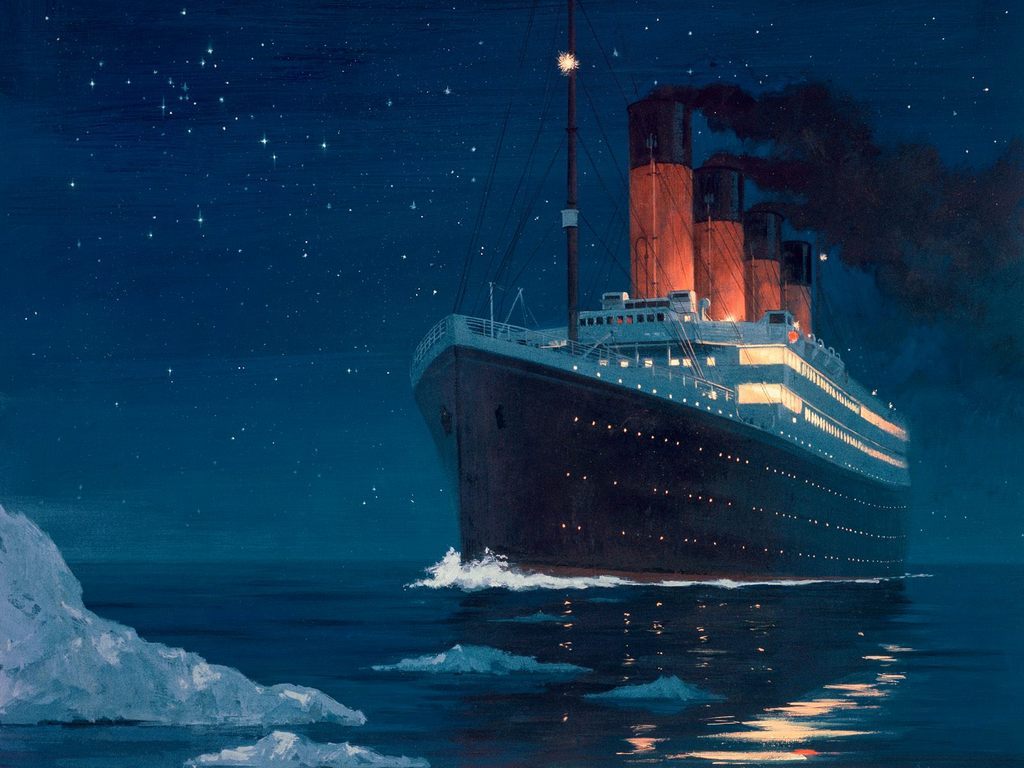
There were six iceberg warnings in the message before the collision. Evidently, the most critical iceberg warning never made it to Captain Edward Smith because of the lack of the prefix MSG, meaning Masters’ Service Gram. This acronym would have required the captain to personally acknowledge receipt of the message. Because it did not have the MSG prefix, the senior radio operator did not think the message was important.
9 | The Ship’s Binoculars Were Locked Inside:
The ship’s lookouts had to rely on their eyesight alone — the ship’s binoculars were locked inside a cabinet that no one could find the key to.
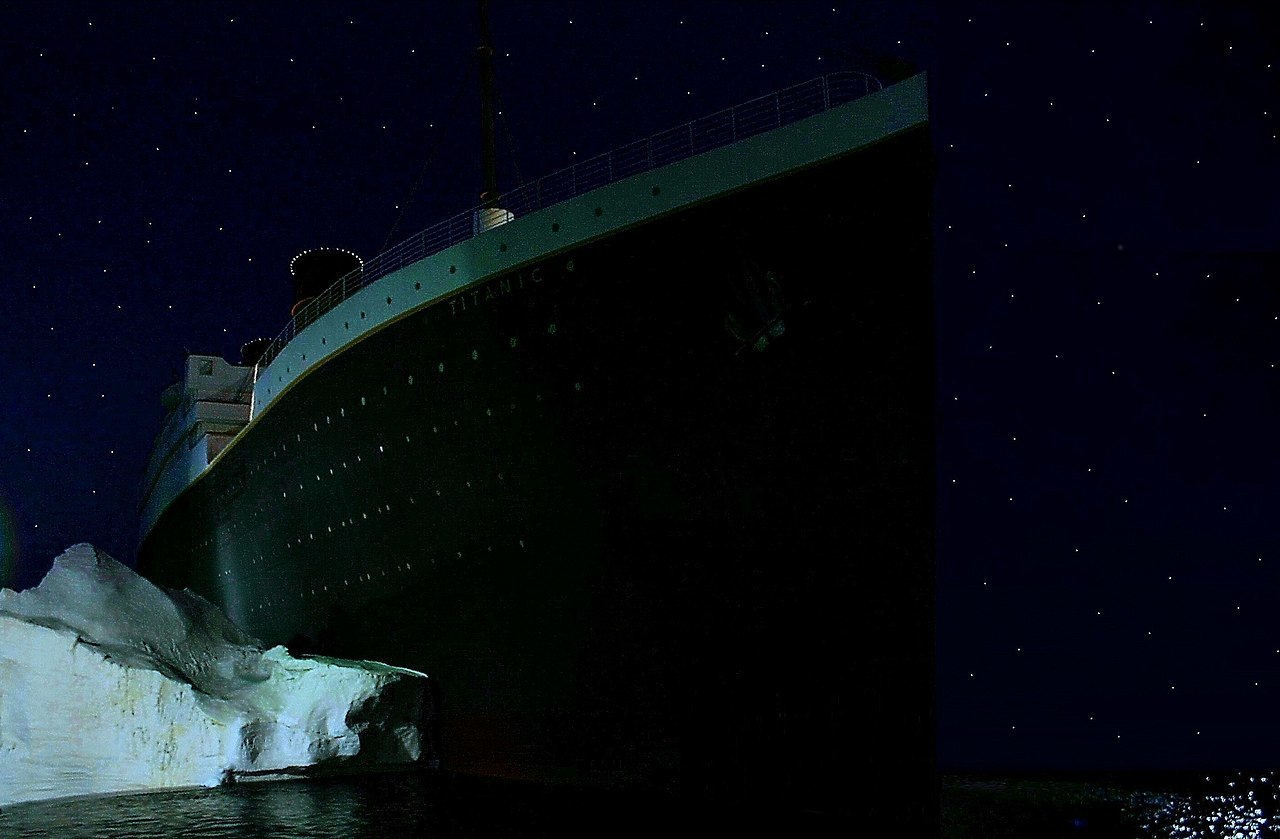
The ship’s lookouts, Frederick Fleet and Reginald Lee, didn’t have access to binoculars during the journey, and therefore couldn’t see very far. The crew didn’t spot the iceberg in time. Only 37 seconds are said to have elapsed from the time the iceberg was sighted until the Titanic collided with the iceberg.
The ship’s second officer was replaced at the last minute, and forgot to hand off the key to the locker that housed the ship’s binoculars. The key resurfaced at auction in 2010, where it was sold for over $130,000.
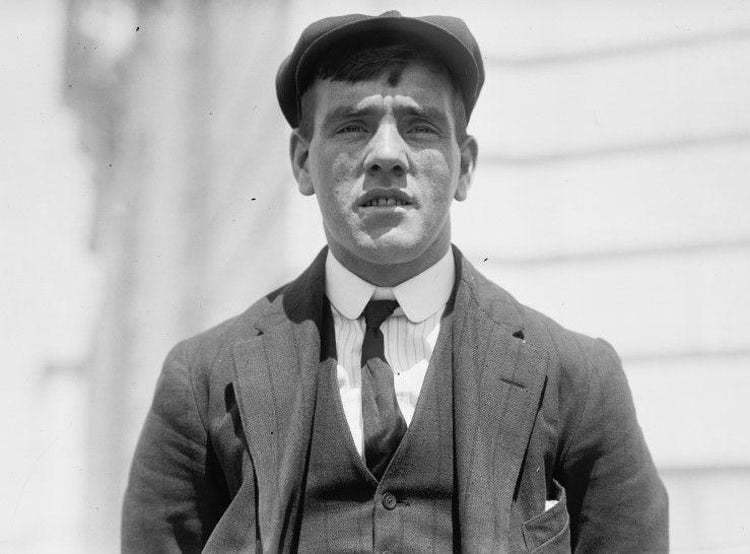
Frederick Fleet spotted the deadly iceberg and warned the bridge. Tragically, his warning came too late. The ship was going too fast to avoid a collision. Fleet survived the sinking of the Titanic, but not his own depression. After his wife’s passing just after Christmas in 1964, he was evicted by his brother-in-law and hung himself in the garden.
Fleet’s grave went unmarked until the Titanic Historical Society erected a headstone for him in 1993. It appears his spirit is not quite at rest, however. Witnesses have claimed to see him keeping watch over the Las Vegas exhibition’s Promenade Deck, perhaps driven by his guilt to keep watch, even in the afterlife.
10 | Was It An Optical Illusion?
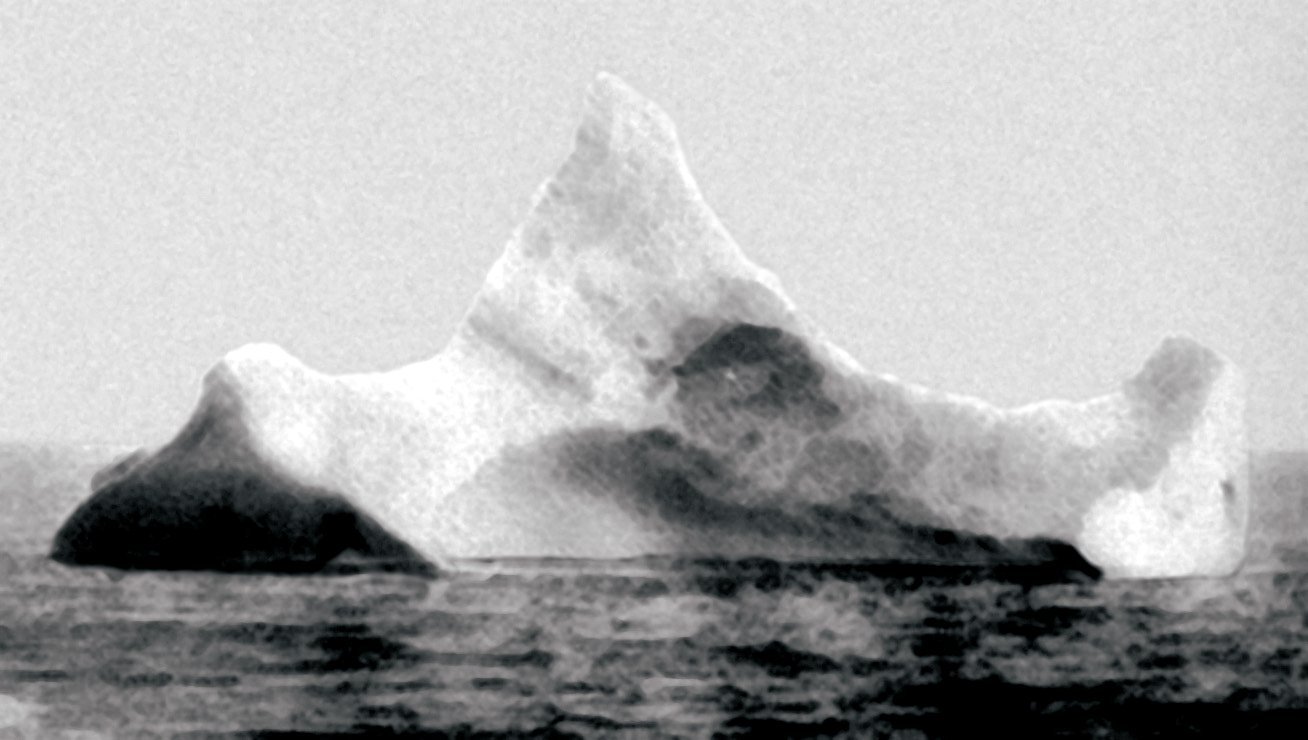
An optical illusion may have prevented spotting the iceberg on time. According to historian Tim Maltin, atmospheric conditions the night the ship sank likely caused super refraction ― which could have camouflaged the iceberg. This may explain why the iceberg wasn’t spotted until the ship was too near it to maneuver out of the way.
11 | A Fire Caused The Ship’s Demise:
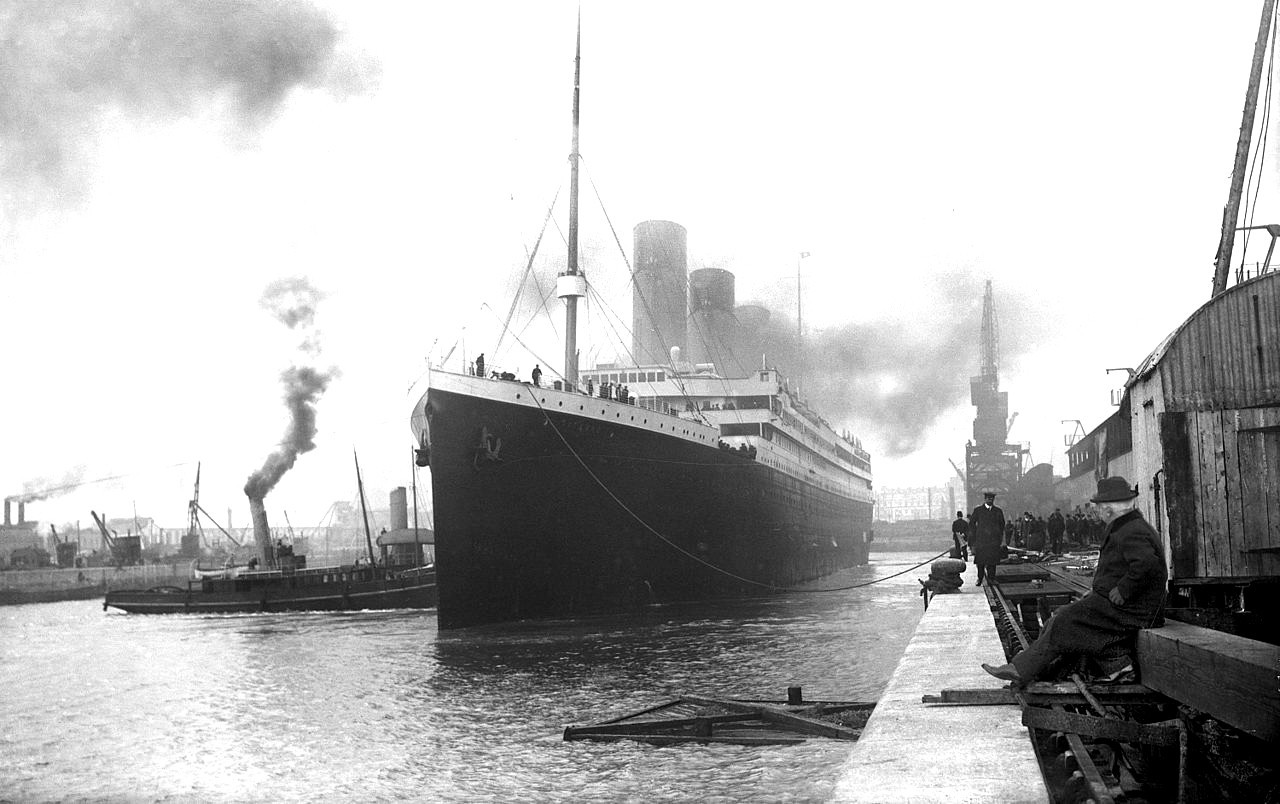
New evidence suggests a fire in the ship’s hull caused the ship’s demise. According to the documentary “Titanic: The New Evidence,” a fire aboard the ship prior to its departure may have led to the disaster. Journalist Senan Molony suggests that the metal had weakened because of an ongoing fire in the ship’s hull. The fire burned at temperatures of 1,800 degrees Fahrenheit for three weeks prior to the ship’s departure.
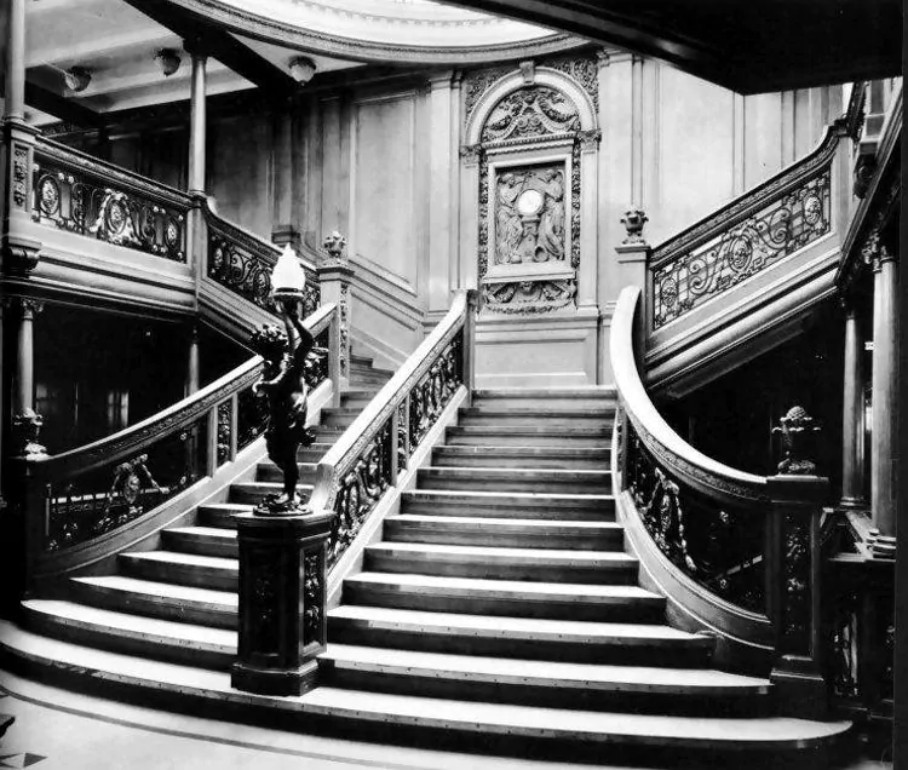
12 | The Titanic Carried Only 20 Lifeboats Onboard:
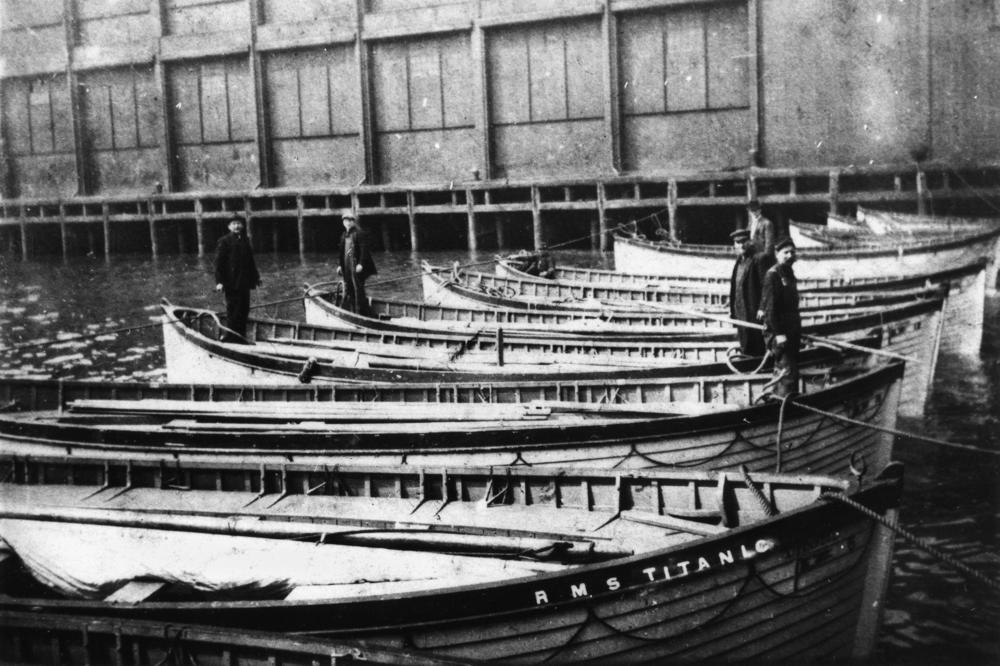
The Titanic was able to carry 64 lifeboats but only carried 20 to maintain its luxurious space. Many of the lifeboats that were launched from the Titanic did not pack as many patrons as they could have held. Only 28 people boarded the first lifeboat, but it had the space to carry 65 people. Over half the people on board could have survived if all of the space available on the lifeboats was used.
Less than a third of all people aboard the ship survived. Only 705 of the 2,223 passengers and crew members made it back home. Some 61% of the passengers who survived were first-class guests. Less than 25% of third-class passengers survived.
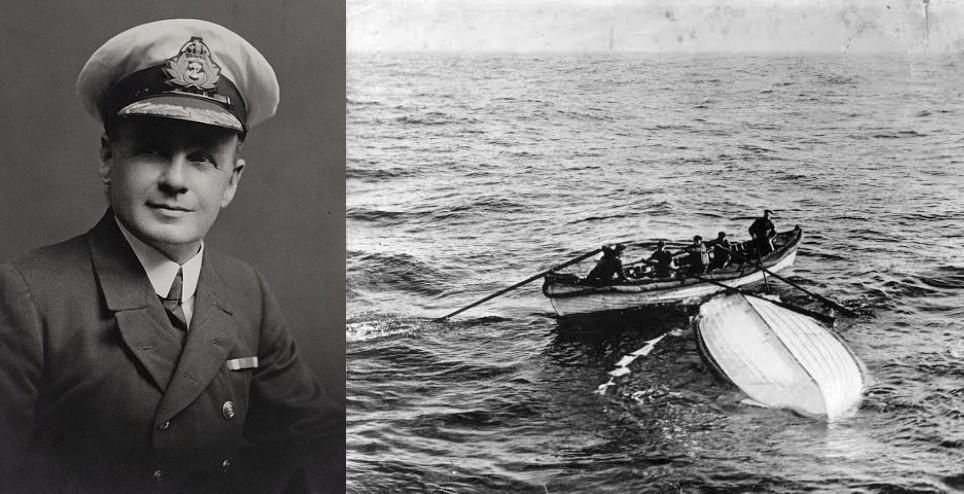
Charles Herbert Lightoller was the second officer on board the Titanic and a decorated Royal Navy officer. He was one of the few who stayed onboard until the end while the Titanic sank. He got trapped underwater until a boiler explosion blew him free, and survived by clinging to a capsized raft. Later he volunteered in WWII and helped evacuate over 120 men from Dunkirk.
13 | The First Lifeboat Was Released Lately:
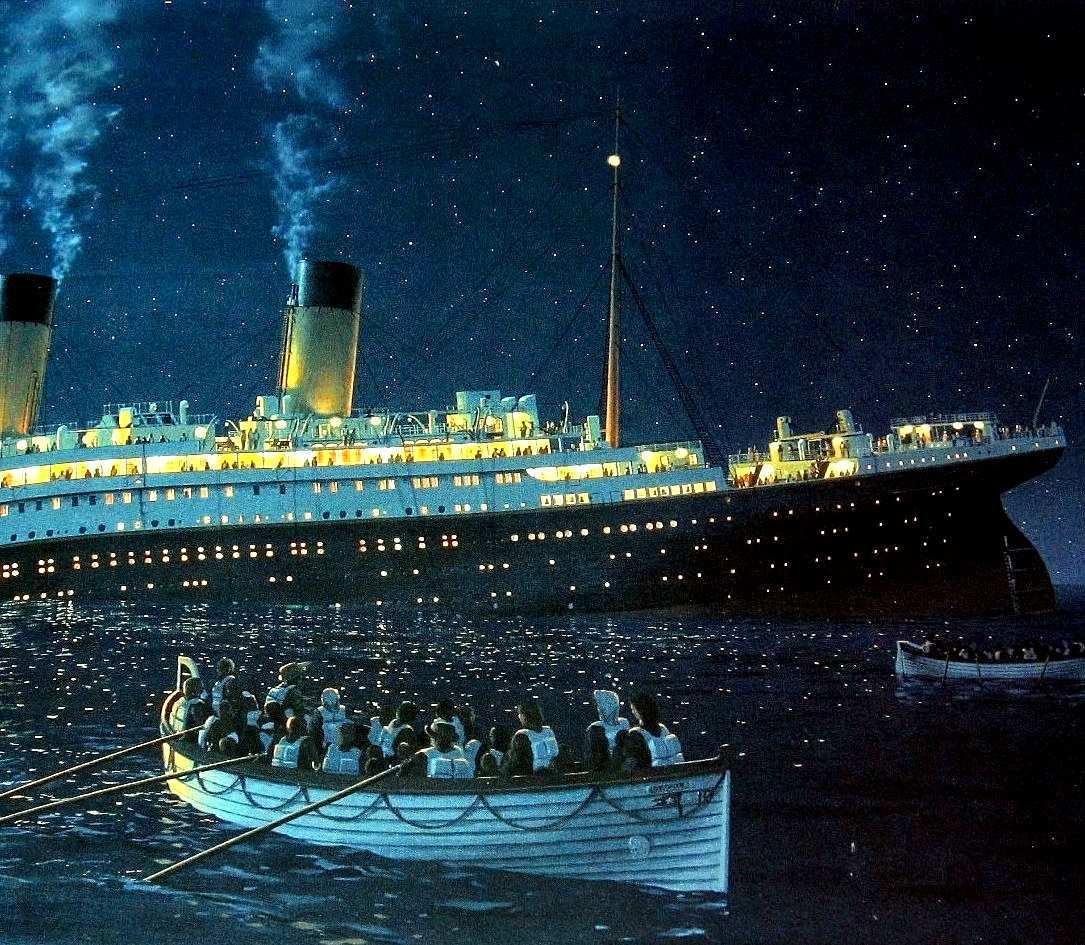
The first lifeboat was released an hour after the iceberg struck. It may seem like common sense for a ship to immediately release safety lifeboats upon hull breach. The Titanic, however, did not release its first lifeboat until an entire hour elapsed.
The Titanic took 2 hours and 40 minutes to sink. In its first report of the tragedy, The New York Times ran a headline that said the Titanic sank four hours after hitting the iceberg. Little did the public know that the ship sank at a much faster pace.
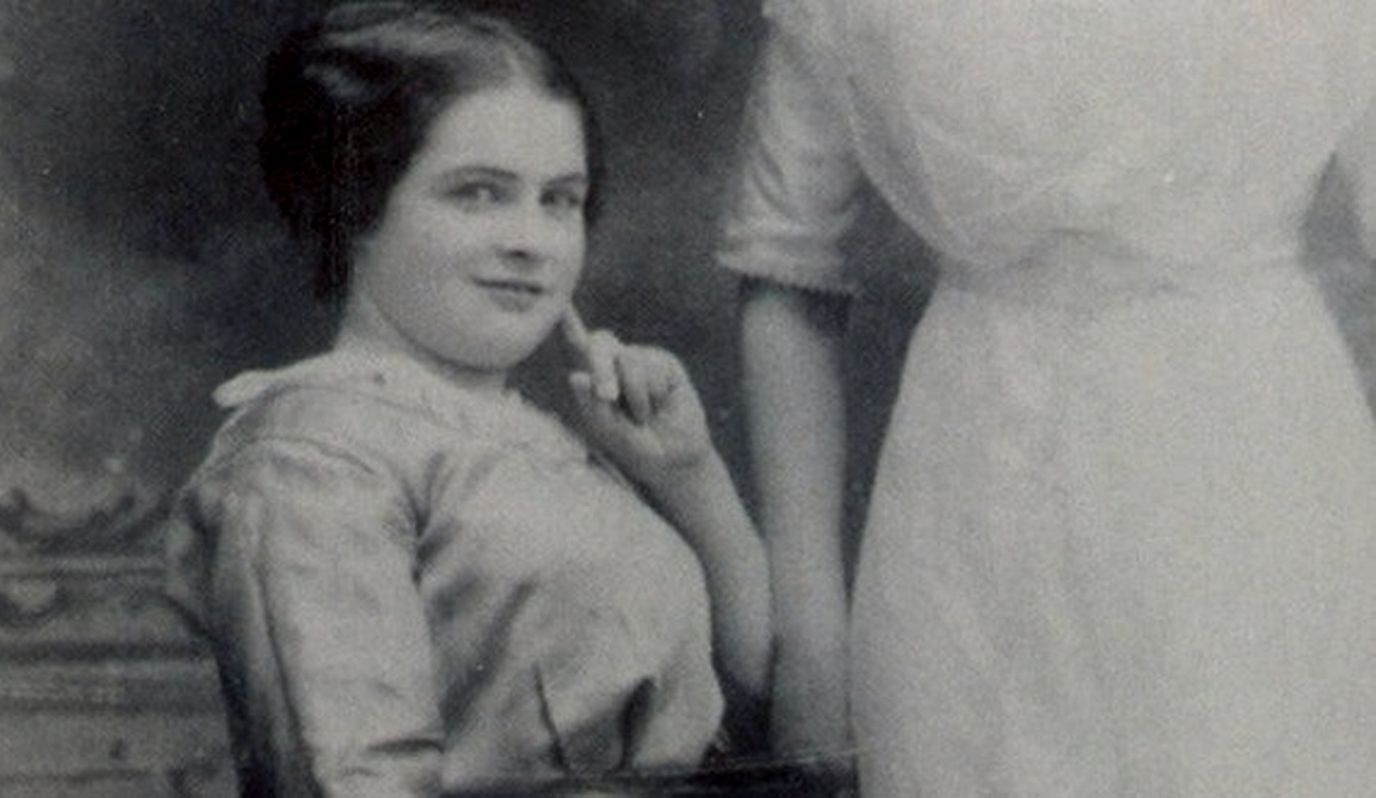
14 | The Titanic Cursed SS California:
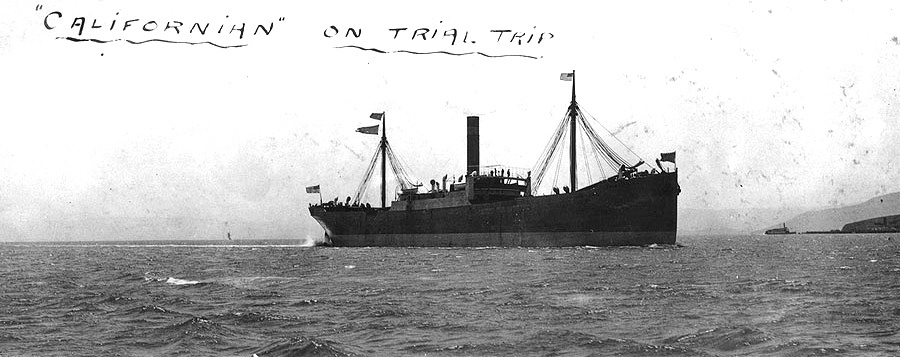
The SS Californian is known for having been near (about 16 to 19 km) the Titanic when it sank, but not coming to its aid until it was too late. Multiple bad judgment calls led to the Californian not helping the Titanic: The ship’s radio was allegedly shut off for the night when the Titanic hit the iceberg, and when the captain was awakened by the flares the Titanic had been setting off, he assumed that they were just fireworks. By the time the SOS messages finally came through, it was too late. Three years after the Titanic, the Californian sank too. In November 1915, the ship was torpedoed by a German submarine during WWI.
15 | Miss Unsinkable Violet Jessop:
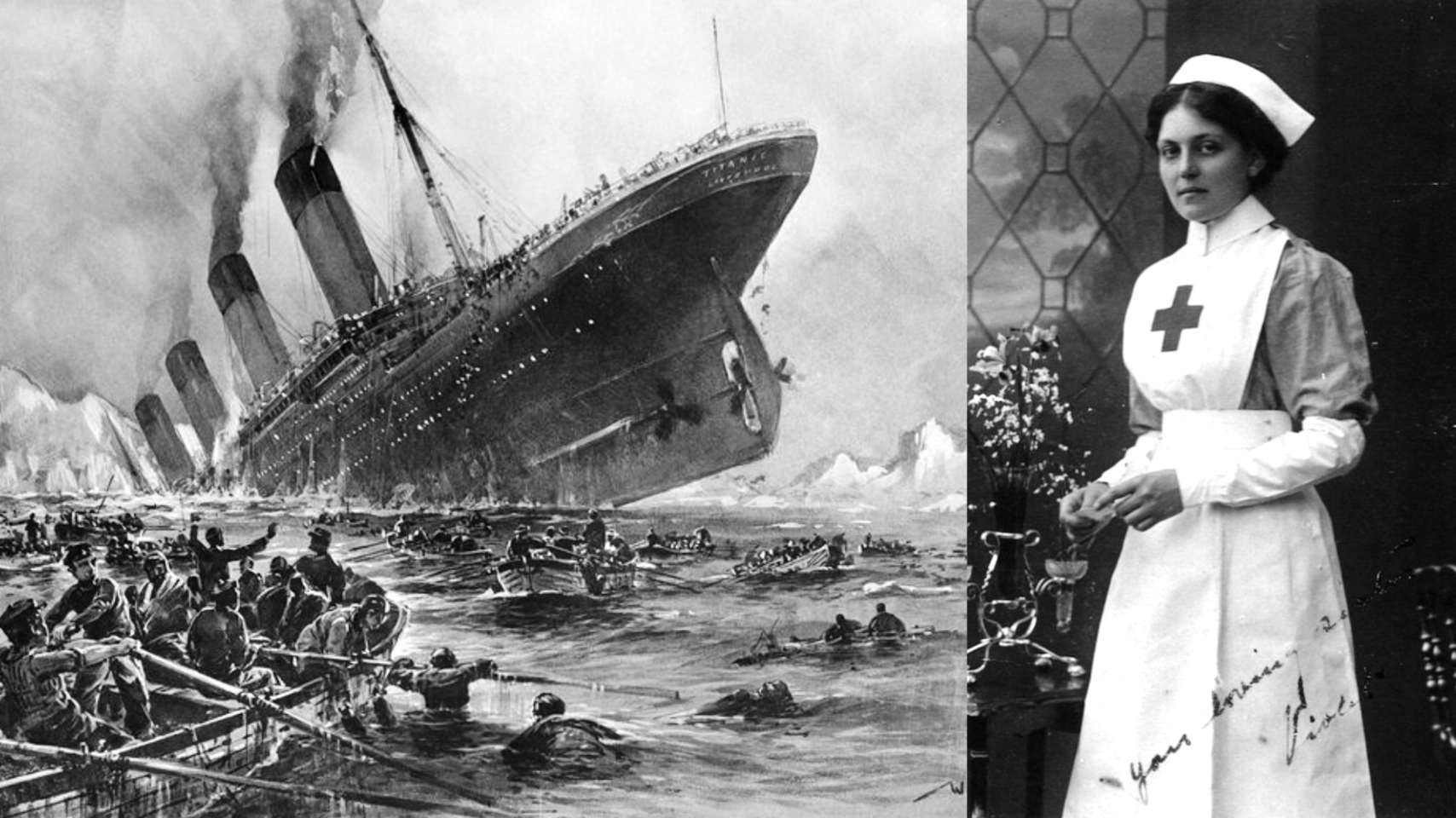
Violet Constance Jessop was an ocean liner stewardess and nurse in the early 19th century, who is known for surviving the disastrous sinkings of both the RMS Titanic and her sister ship, the HMHS Britannic, in 1912 and 1916 respectively. In addition, she had been onboard the RMS Olympic, the eldest of the three sister ships, when it collided with a British warship in 1911. She is popularly known as “Miss Unsinkable.” Read More
16 | The Wreckage Of The Titanic Will Disappear Soon:
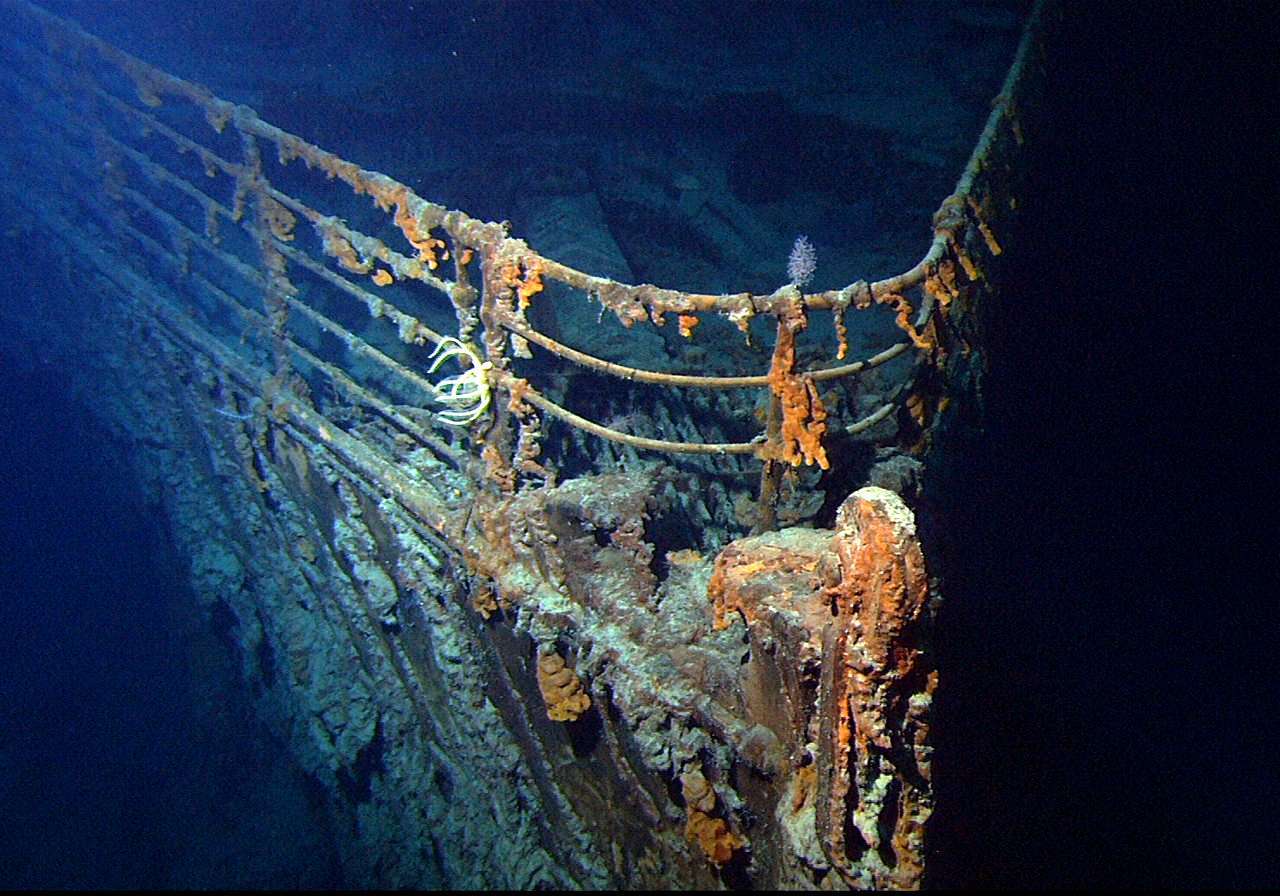
Over the years, there had been several teams that had set out to find the wreckage of the famous Titanic’s wreckage. One scientist even wanted to take his pet monkey called Titan on a mission to find the wreck! It took over 70 years for explorers to find the Titanic.
Henrietta Mann, who discovered a strange thing about the Titanic wreckage, has estimated that the Titanic will completely collapse possibly as soon as 2025. The remains of the Titanic could disappear completely by 2030, all because of “hungry” bacteria in the depth of ocean which slowly consuming the wreckage.
What remains of the Titanic at the bottom of the ocean will eventually be entirely eaten away by a rust-eating bacteria named Halomonas titanicae. It can adhere to steel surfaces and forms the rusticles seen on the hull of the wreckage.
Do you think that all these fragmented events just coincided? Or, somewhere there was a connection between them which had pre-determined the destiny of the Titanic?




